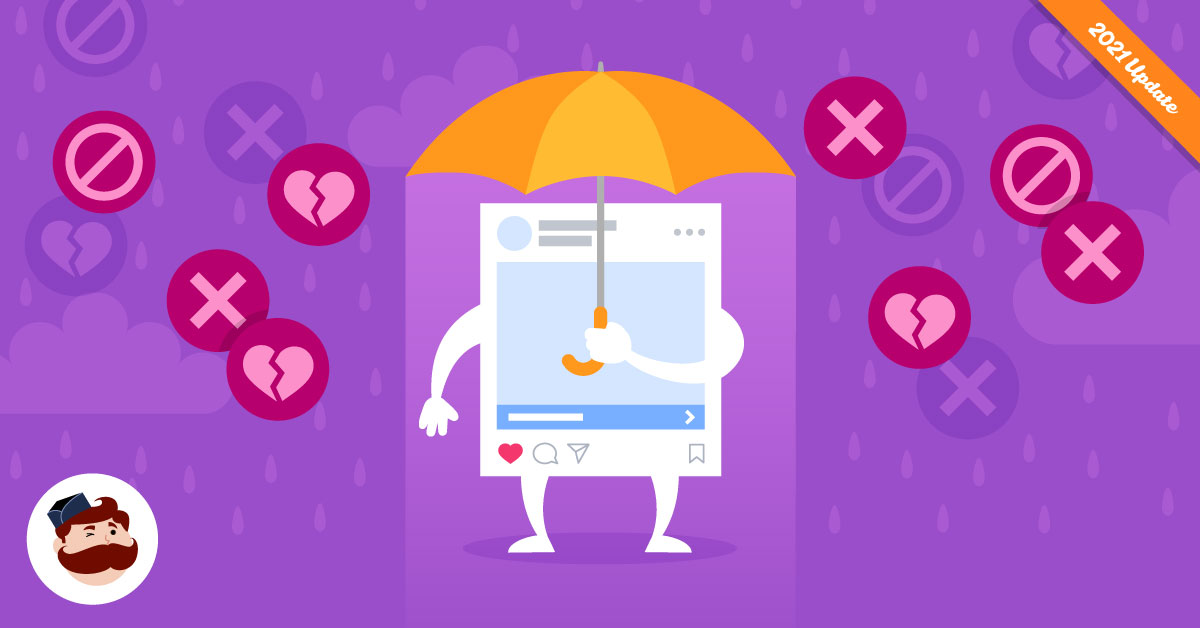Total digital ad spending worldwide exceeds $450 billion. By 2024, that figure will rise to $645 billion.
This kind of spending means crowded ad platforms, which makes it more difficult to stand out.
If your business has a five- or six-figure digital advertising budget, you can put more money behind campaigns. But this is exactly what has caused online ad prices to increase by an average of 45% on Google and Facebook (and up to 1000% in some sectors).
If you don’t have those kinds of resources or would rather not continually increase spending, you need to think outside the box.
In this article, we’ll talk about some less saturated digital advertising strategies you can use to get ahead. We’ll also show you what it takes to create advertising that gets people to act.
Advertising in the current landscape
To steal customers away from competitors without throwing endless amounts of money at major advertising platforms, work smarter, not harder.
This means relying on creativity and quality.
It also means leveraging data and intent to optimize your advertising better.
Before you begin using tactics to hit your goals, tap into your analytics and search data. Understand how users interact with your pages and ask yourself:
- Which pages get the most traffic?
- Where do visitors spend the most time?
- Which actions do visitors take?
- Which terms are people using to search for your products?
Use this information to identify what interests your audience.
Dig into your sales data too. Detail the customer demographics that purchase certain products or services. This will help you build a picture of the target audience that will underpin your digital advertising strategy.
It will also ensure you’re not “spraying and praying” with campaigns—and you’re not wasting your budget.
Next, look at the current state of your market:
- Who’s interested in your product or services?
- How many of them are likely to buy?
- Who are your competitors?
- What do their advertising strategies look like (i.e. What types of ads are they running, and on which platforms?)
This is most likely covering old ground, but it helps to know that your audience and market position remain relevant before investing in something that may fall flat.
By conducting competitive research, you can spot new opportunities to grab audience share.
For example, instead of bidding on the same terms as rival platform Asana, which will probably be more expensive, monday.com bids on its competitor’s name:
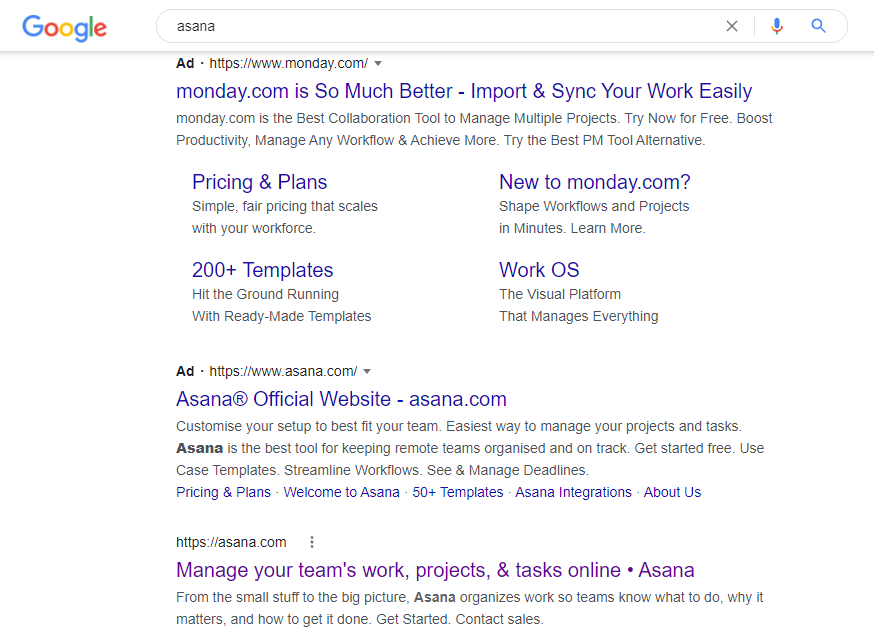

Because of lower competition, competitor brand names tend to be cheaper. Monday.com can also gain brand awareness and competitive advantage by appearing in front of a relevant audience.
Putting more constraints on your creativity are two significant challenges:
1. Ad blockers
Research shows that over 42% of internet users worldwide now use ad blockers to reduce how much advertising they see.
Men tend to use ad blockers…


![Why 500,000 Businesses Collapse Each Year with Adam Lyons [VIDEO]](https://jeffcassman.biz/wp-content/uploads/2021/11/YOUTUBETHUMB_BizCollapse_1-1200x675.jpg)


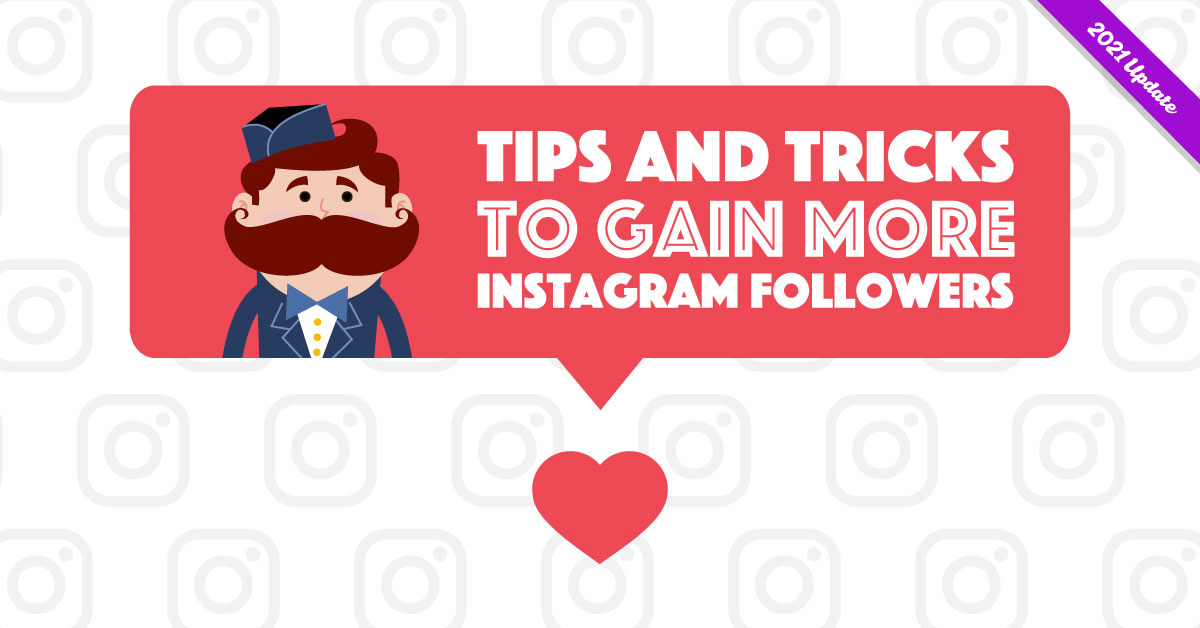

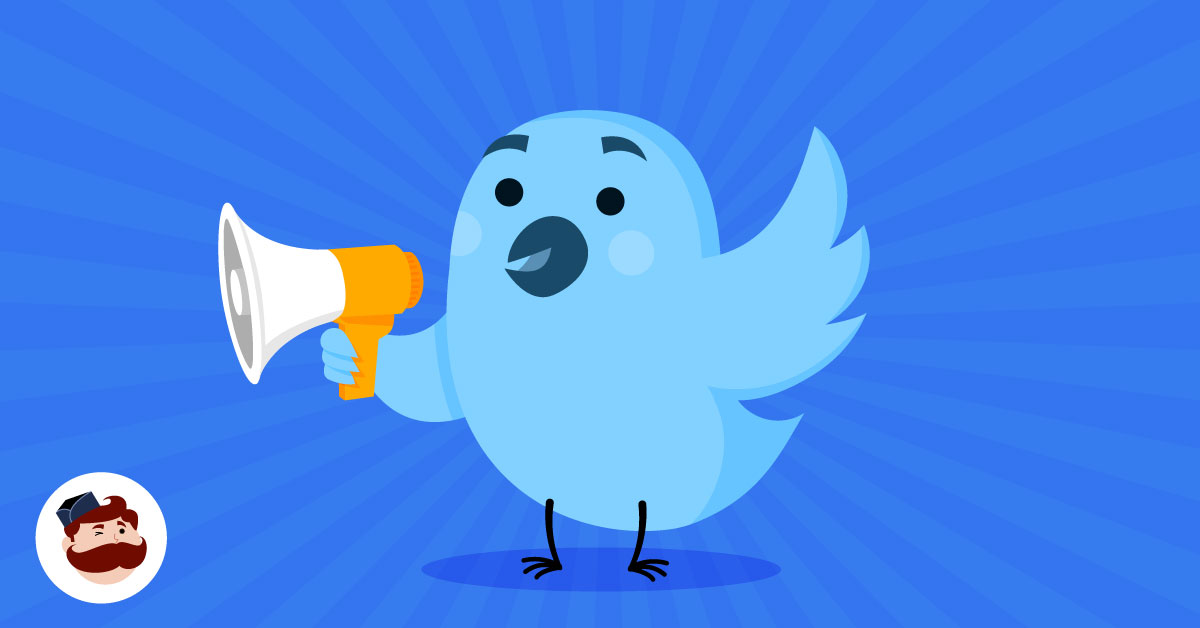





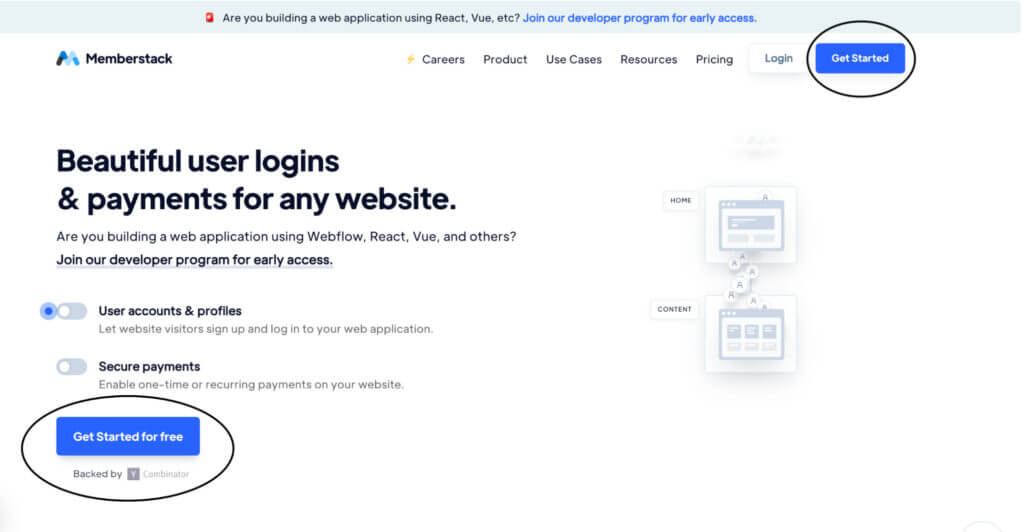
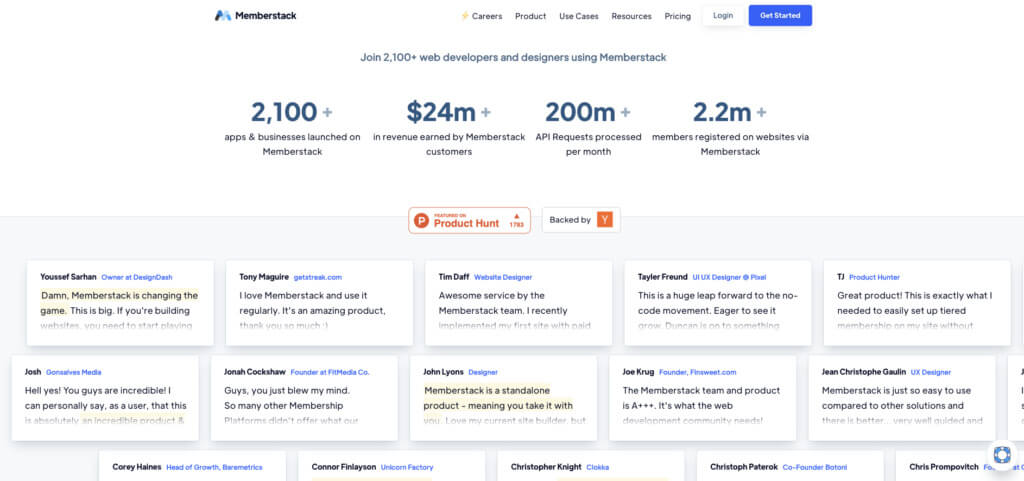
![Business & Marriage: How to Maintain a Good Relationship [VIDEO]](https://jeffcassman.biz/wp-content/uploads/2021/11/YOUTUBETHUMB_BizMarriage_1-1200x675.jpg)

